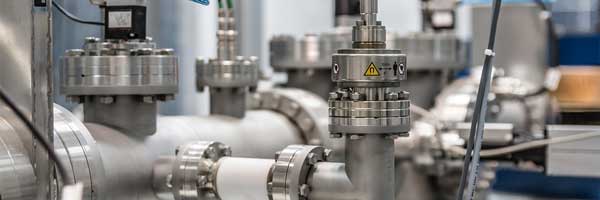Technology changes the world constantly. No industry is unaffected by the shifts in technology. Technology dominates almost all-new strategies, methods, and processes that are found in any business, industry, or environment.
The world, the environment, and people, call on technology to change things for the better. One of the answers came in the form of prefabrication.
Prefabrication

Prefabrication means that products can be manufactured in full before transported to where it is needed. This can mean savings in costs, labor, and the estimation of the final price for the finished product. All materials are transported to one manufacturing point with no need to send it back and forth and all over the place.
In the Electrical Industry, this will mean that set procedures are developed which will bring more efficiency in workflow. Prefabricated electrical components, for example, lighting packages, panel builds, and many more, can be manufactured and then transported where they can be integrated into the setting prepared for it.
More Sustainable Materials

The Electrical Manufacturing process uses a great variety of materials to produce even the smallest device. Many of these materials are not sustainable, and many are not freely available. Research is always ongoing to find more environmentally friendly methods to produce products, and to find suitable replacements for unsustainable materials.
Part of this strategy is better programs to reclaim and recycle materials from used products and devices. This will also reduce the costs of manufacturing new products.
Smart Installations

Creating “smart” installations for businesses and homes are becoming more the new trend. Electrical networks should now also include a special network for devices in every room of a home. “Décor gadgets” are also in demand, for example, touch-reactive countertops, and this will require rewiring in most instances.
Augmented reality (AR) and Virtual reality (VR) are also creating new possibilities within the electrical industry. It can prove to be useful during different stages of projects, as well as during the planning and design of a project. AR and VR show real-time interaction and can guide contractors through a task.

